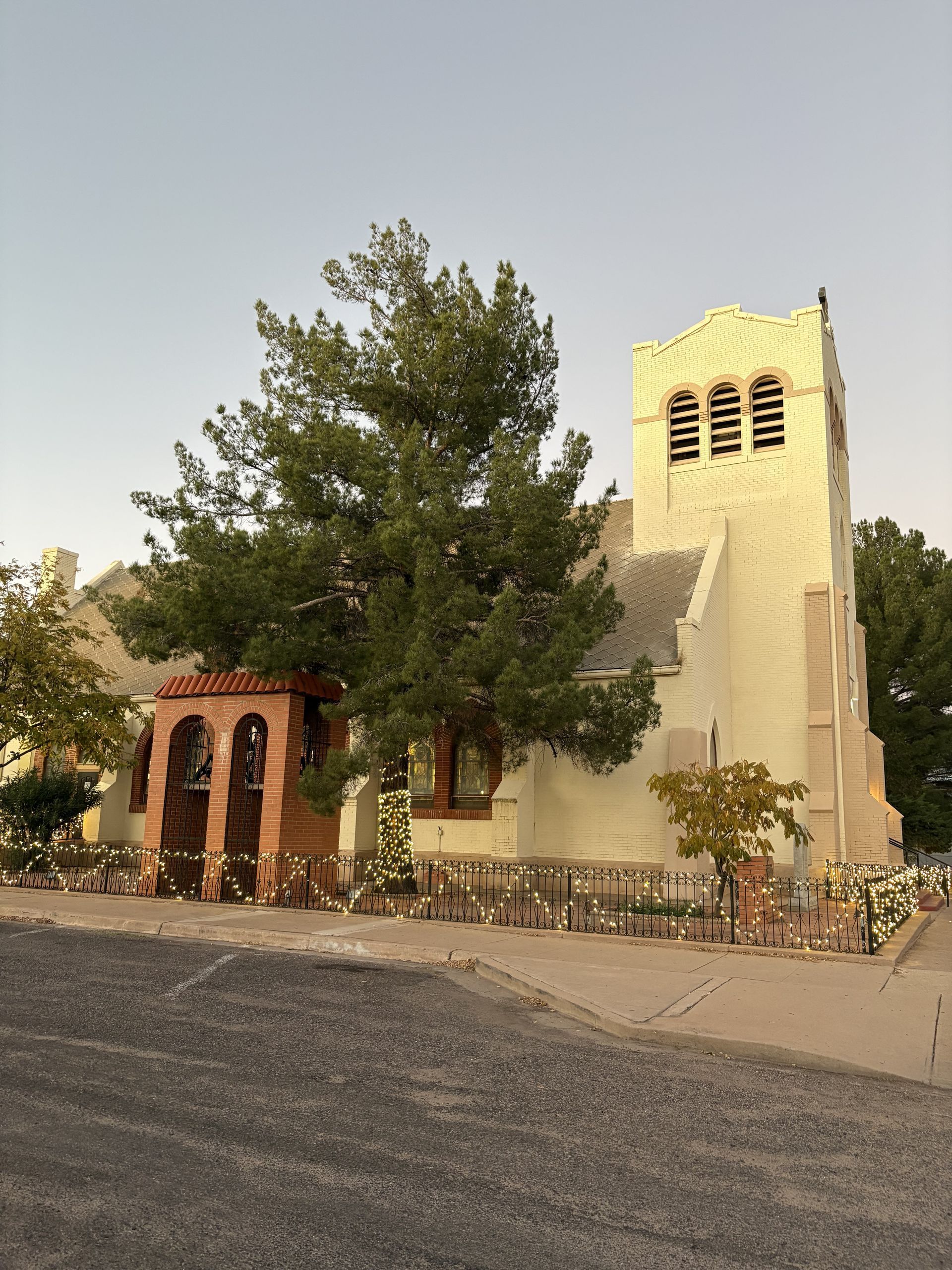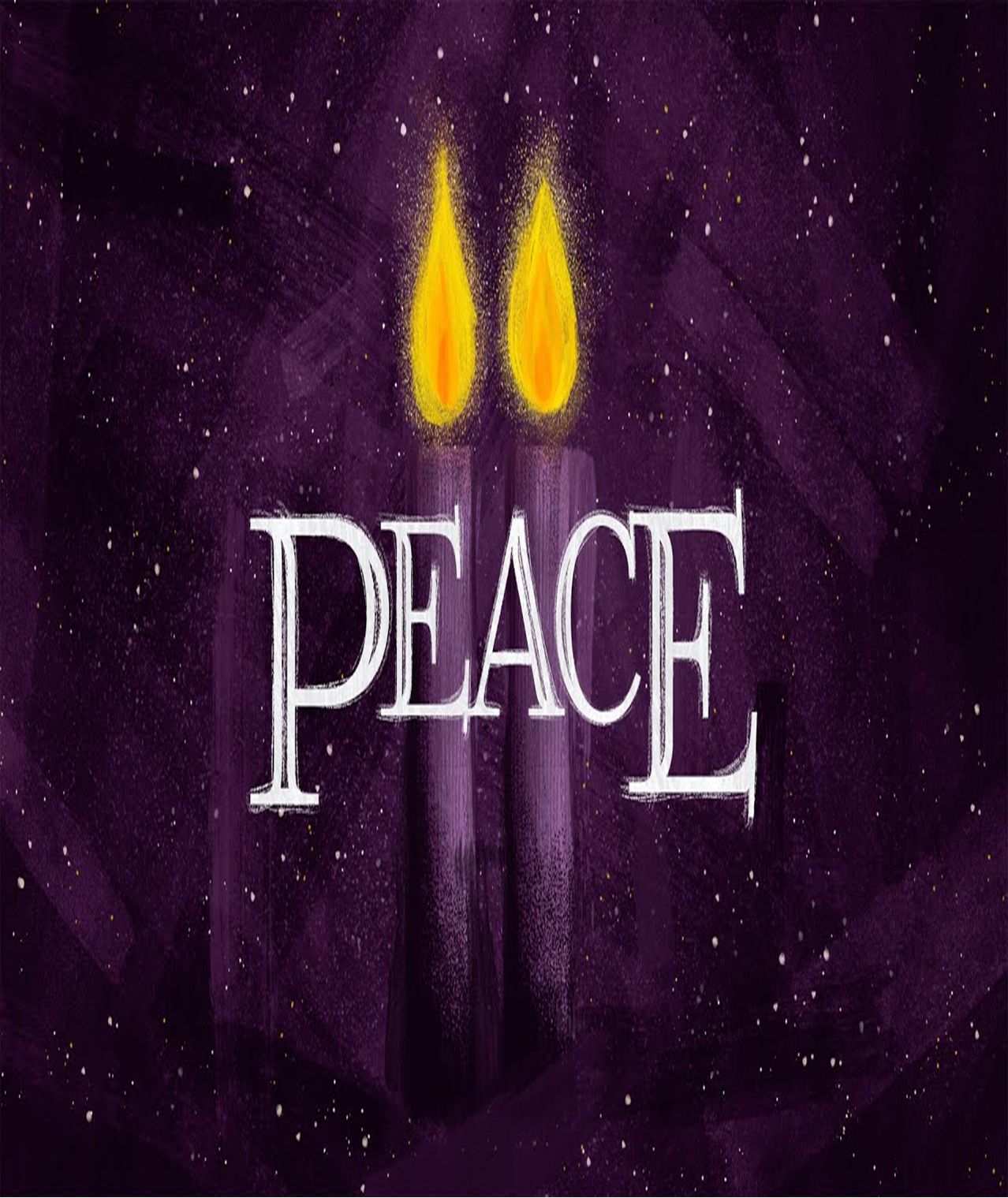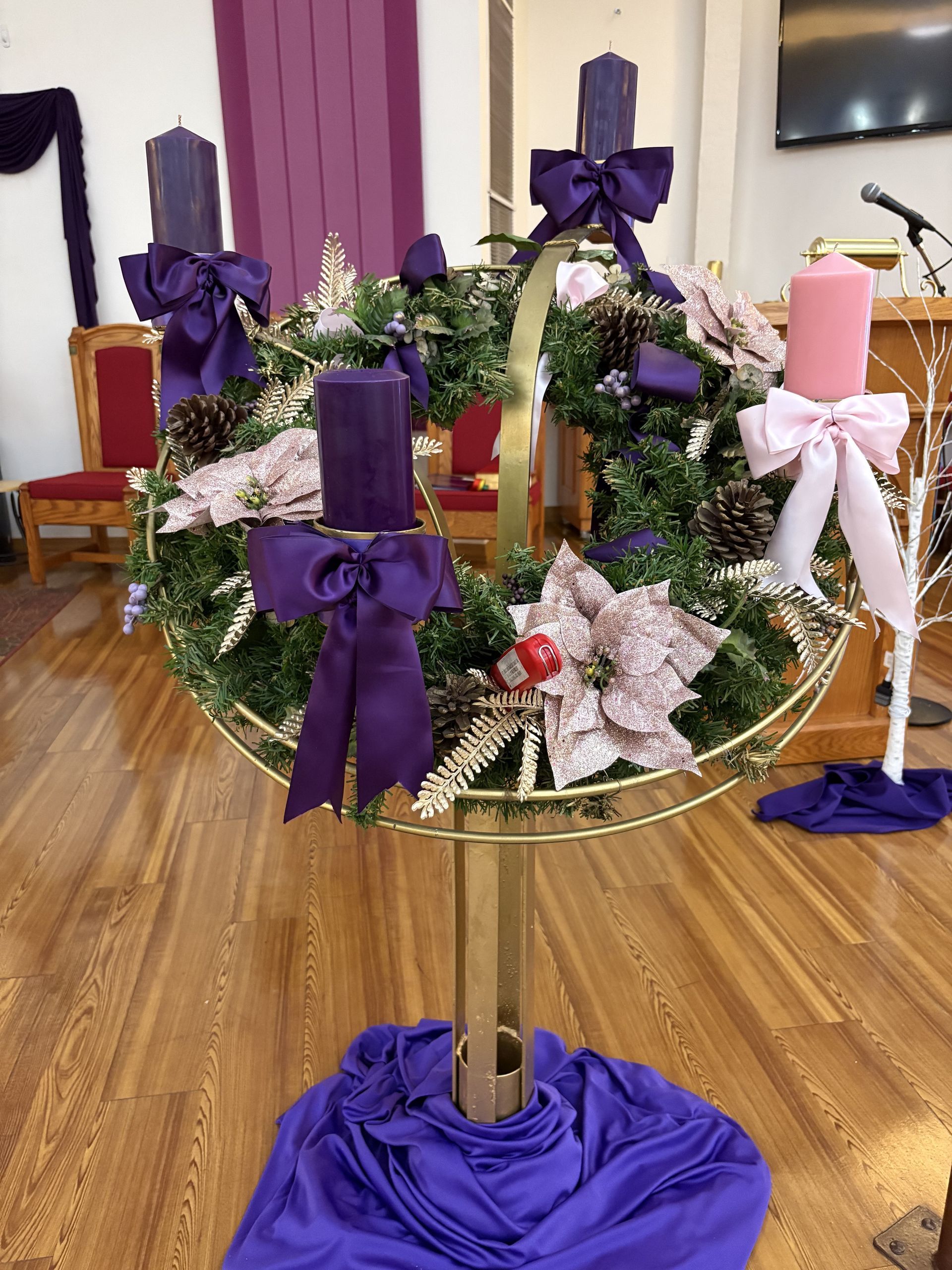The Solemnity in honor of the Most Holy Body and Blood of Christ, also known as Corpus Christi -The Body of Christ, has been celebrated since the 12 th century throughout the world as a visible expression of our Faith in the Real Presence of Christ in the consecrated bread to be solemnly adored in the Eucharist, a landmark in Catholic Theology. Such an intense devotion led to the introduction of an elevation of the bread and cup during Mass and ultimately to public displays such as the popular Benediction ritual. The origins of the feast trace us back in a vision Sr. Juliana, a Belgian nun and great devotee in the adoration of the Blessed Sacrament, received in the 13 th Century. In her vision, she saw the church symbolized by the moon but had one dark spot signified as a missing/absence of a feast celebrating Christ’s body. It was spread through word of mouth until it reached Pope Urban IV and in turn summoned a synod and established the Feast of Corpus Christi. Pope Pius IX added the feast of the Precious Blood celebrated on July 1. Following the Second Vatican Council, two liturgies became one on the Solemnity of the Most Holy Body and Blood of Christ. Devotions such as the Eucharistic Exposition (consecrated host placed in a monstrance, to show ) and Benediction, devotional visits and prayer in the presence of the reserved sacrament in the tabernacle, forty hours of devotion, elaborate Corpus Christi processions and international Eucharistic congresses are fruits of this feast.
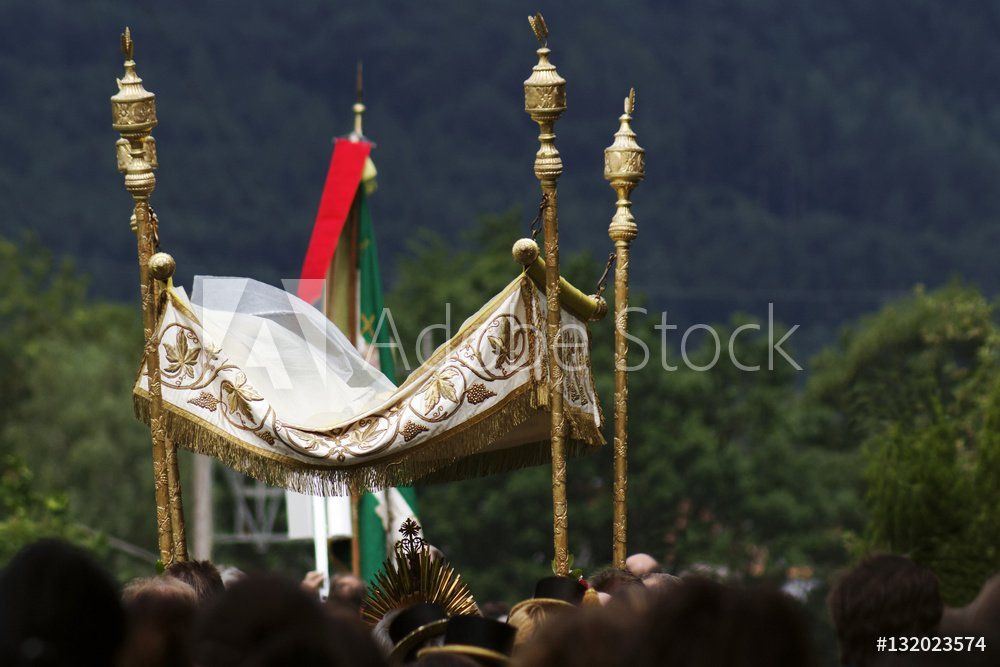
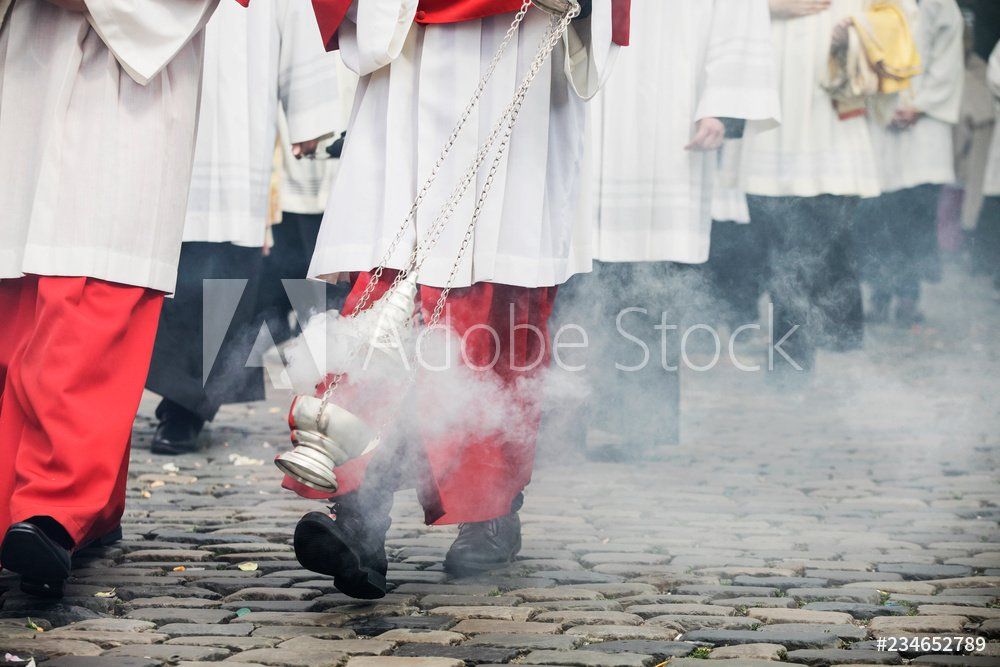
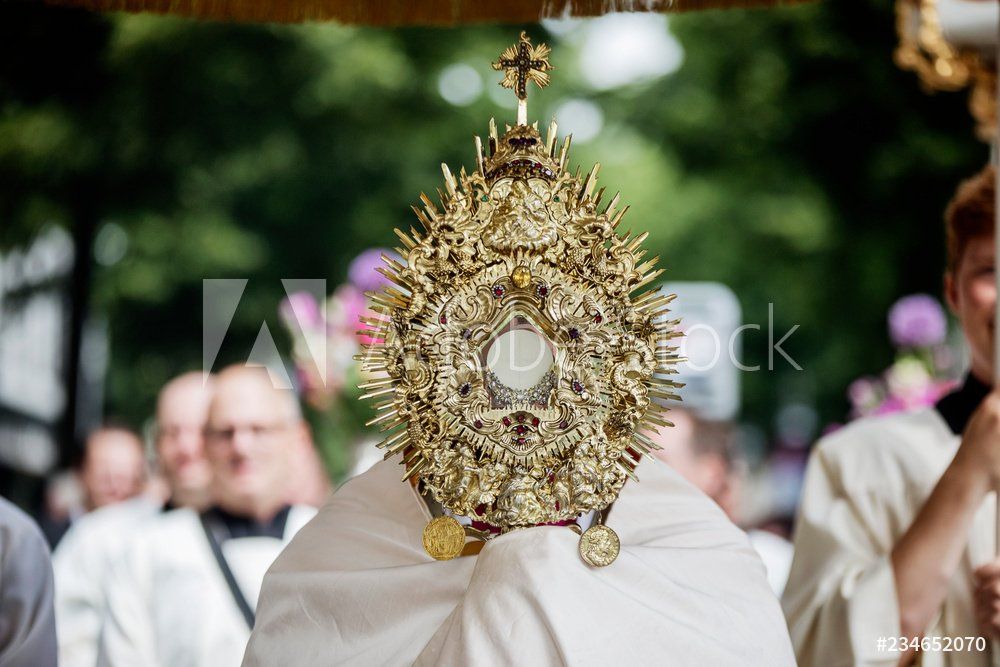
Medieval Catholic Theology had a strong and increased devotion to Eucharistic piety and mysticism. Adoration was huge. People came to Mass to see the host and adore it. In fact, the elevation of the host “so that it may be seen by all” and the ringing of bells at the consecration have been inserted in the Liturgy due to this. The Fourth Lateran Council in 1215, explicitly taught the doctrine of transubstantiation - the bread and wine changed into the body and blood of Christ by divine intervention.
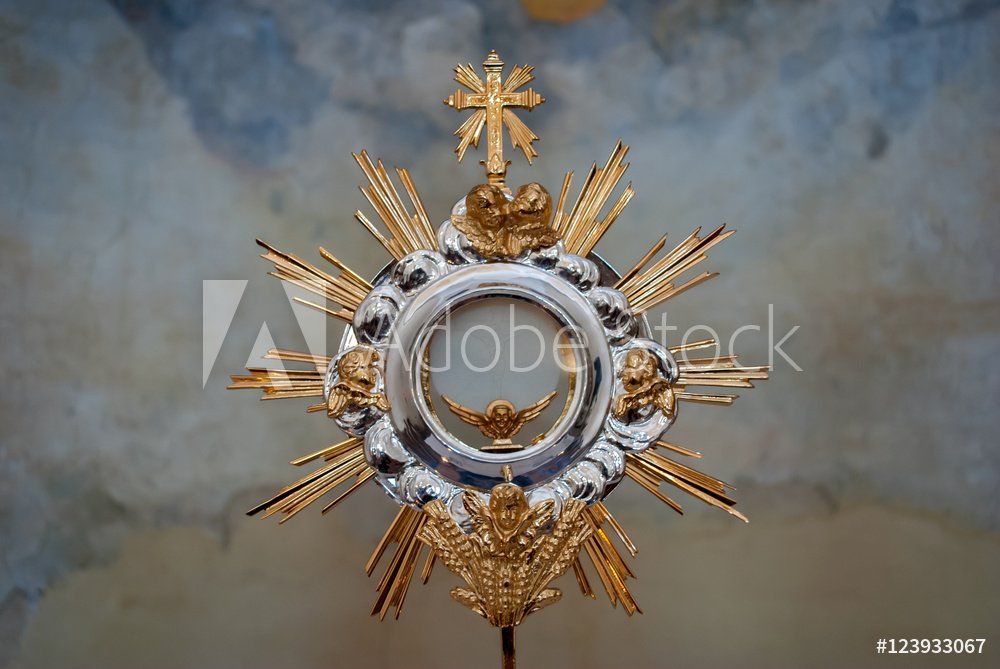
How do we use reason to make sense of the Real Presence? How does an ordinary bread and wine change into the body and blood of Christ without losing its appearances? It looks like bread, tastes like bread, smells like wine and you’re saying it’s not the way it looks? It takes us to the Tantum Ergo…Praestet Fides Supplementum, Sensuum defectui…Faith will tell us Christ is present, When our human senses fail…La fe nos de el aumento…que al sentido ha de ayudar…Reasoning rests on transcendence.
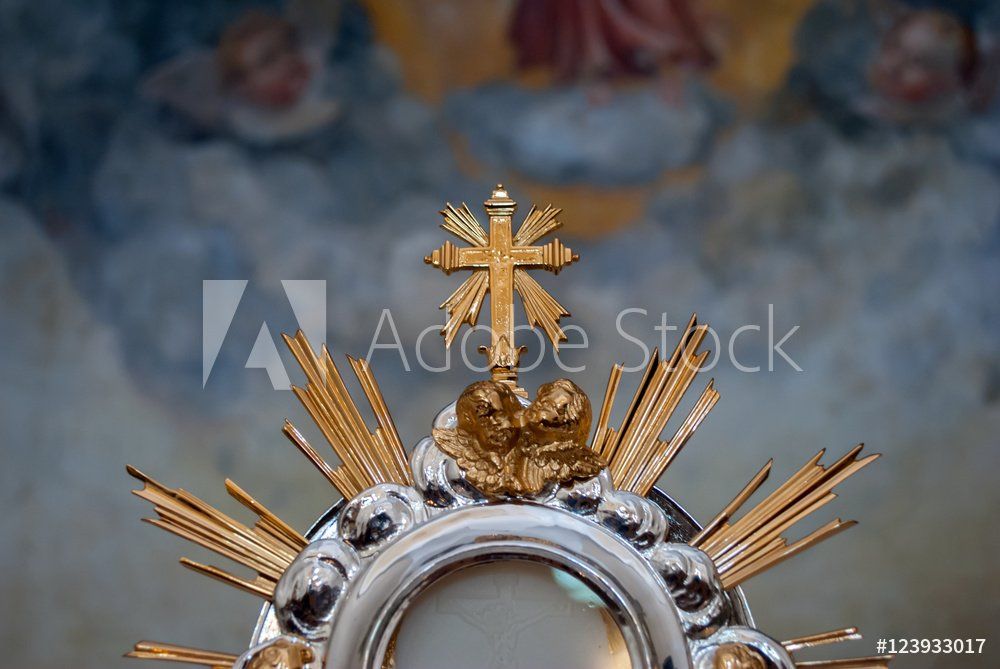
A story is told about a husband who is not Catholic but has been going with his spouse to the church for years. I don’t think he ever converted but once, he was asked why he kept coming. He said, I don’t understand the ritual but there is something going on there I can’t fully understand. This description captures the distinctive character of the real presence of Christ. In the Eucharist, the bread offered to God is consecrated into the body of Christ – blessed and broken by the hands of the priest and crushed by the teeth of the faithful during communion. “It is a sign of unity, a bond of charity, a paschal banquet, in which Christ is consumed, the mind is filled with grace, and a pledge of future glory is given to us.” CCC # 282. Sacrosanctum Concilium says that the “Eucharist is the Source and Summit of Christian Life.” Amen.

